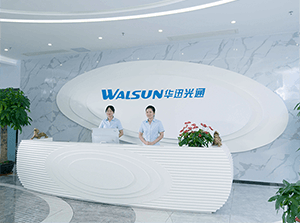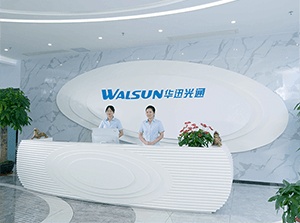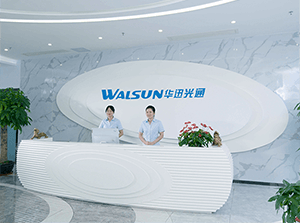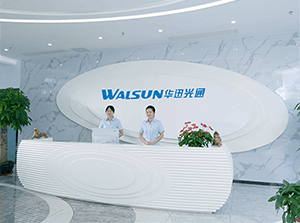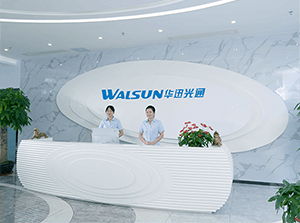PRODUCTS

- The power consumption of a QSFP28 (Quad Small Form-Factor Pluggable 28) transceiver module can vary depending on the specific type of optics and the features it supports. QSFP28 is a high-speed, compact transceiver used in data centers and telecommunications networks for 100 Gigabit Ethernet (100GbE) and other high-speed applications.As of my last knowledge update in January 2022, the typical powe2211

- The terms "10GE LAN" and "10GE WAN" refer to 10 Gigabit Ethernet (10GE) implementations optimized for different types of networks. While both use the same underlying technology (10 Gigabit Ethernet), there are some key differences in their application and deployment.10GE LAN (Local Area Network):Purpose: 10GE LAN is designed for high-speed connectivity within a local area netwo7372

- The term "SFP" can refer to a few different things depending on the context. If you're referring to the "Small Form-Factor Pluggable" transceiver, there are three key elements associated with SFP:Form Factor:The "Small Form-Factor" in SFP refers to the compact size of the transceiver module. SFP modules are significantly smaller than their predecessors like GBIC (945

- A Small Form-Factor Pluggable (SFP) port is a type of interface used in networking equipment to support various communication standards over fiber optic or copper cables. The primary purpose of an SFP port is to provide flexibility and modularity in network design. Here are the key purposes and functions of an SFP port:Modularity:SFP ports allow for modularity in networking equipment, such as swit1833

- LR (Long Range) and ER (Extended Range) are terms used to describe different types of optical transceivers commonly used in fiber optic communication. The main differences between LR and ER transceivers are related to their respective reach or distance capabilities:LR (Long Range):Reach: LR transceivers are designed for longer-distance transmissions. They typically support distances of up to 10 ki1920


 CHS
CHS Walsun Mall
Walsun Mall

